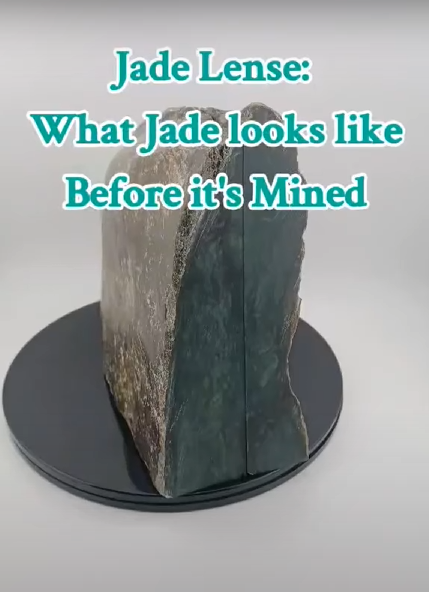
Jade Weathering - Causes & Effects of Weathering in Nephrite and Jadeite
Translucency Jade JewelryShare the Knowledge
Causes of Weathering in Nephrite and Jadeite
Weathering is a natural process that occurs over time as stones interact with environmental factors such as water, temperature changes, chemical reactions, and even air pollution. Here’s a closer look at the main contributors to jade weathering:
a. Moisture and Temperature Fluctuations
Both nephrite and jadeite can be affected by prolonged exposure to moisture. Water can slowly seep into the tiny crevices within the stones, creating minute internal fractures. When combined with temperature changes, these fractures can expand, causing a phenomenon known as "frost wedging" in colder climates. For jadeite, which is slightly denser, this effect may be less immediate, while nephrite's fibrous nature makes it more susceptible.
b. Chemical Weathering
In certain environments, jade can be affected by acidic compounds in the air or rainwater, especially in areas with high pollution levels. Acid rain, for example, can cause surface etching on jade over time. This process is more pronounced in nephrite than in jadeite due to nephrite’s higher sensitivity to acidic substances.
c. Oxidation and Color Changes
Over time, jade can develop a weathered “skin,” particularly if it contains trace amounts of iron or other metals. Oxidation can create a yellow, brown, or reddish tint on the surface of the stone, especially on nephrite, which tends to oxidize more readily. This “rusting” effect, often called “jade skin,” is sometimes prized for its character and age, though it does mark a change in the stone’s original color.
d. Physical Wear and Abrasion
Handling jade regularly, or exposing it to rough surfaces, can lead to abrasion, which causes the stone to lose its polish. Both nephrite and jadeite can become dull and worn over time if not protected, with nephrite being more vulnerable due to its relatively lower hardness compared to jadeite.
Effects of Weathering on Nephrite and Jadeite Jade
As jade weathers, it undergoes several changes, which can impact both its appearance and structural integrity. Here are some common effects:
a. Changes in Color and Luster
One of the first noticeable effects of weathering is a change in the stone’s color and surface luster. The jade may appear dull or exhibit a layer of “weathering skin.” For jade enthusiasts, this skin can be aesthetically pleasing, adding a sense of history and depth to the piece.
b. Surface Texturing and Fractures
Microfractures or tiny pits can develop on the surface of jade over time, leading to a rougher, more textured appearance. This is especially common in nephrite due to its fibrous structure. These surface changes may compromise the jade’s polish, making it appear less shiny.
c. Reduced Durability
As fractures and wear accumulate, jade can become more fragile. While both nephrite and jadeite are highly durable gemstones, accumulated weathering can increase the likelihood of chipping or breakage, especially in nephrite.
For an an even more Detailed discussion/look on Jade Weathering, Click the Video below and be sure to Subscribe for more Educational Jade content!



